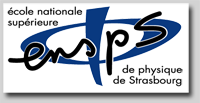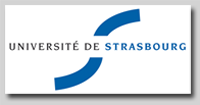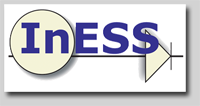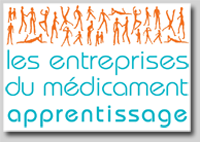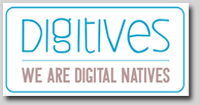Team:ENSPS-Strasbourg
From 2011.igem.org
| Line 5: | Line 5: | ||
=<center>Biobricks model generator for electronic simulators</center>= | =<center>Biobricks model generator for electronic simulators</center>= | ||
<br> | <br> | ||
| - | Back to [https://2011.igem.org/Main_Page iGEM 2011 main page] | + | Back to [https://2011.igem.org/Main_Page iGEM 2011 main page]<br> |
<DIV STYLE="text-align:justify"> | <DIV STYLE="text-align:justify"> | ||
Revision as of 17:19, 27 October 2011
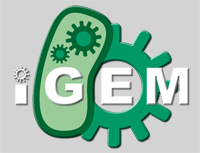
Biobricks model generator for electronic simulators
Back to iGEM 2011 main page
Today, many research teams are focused on developing and characterizing biobricks to realize basic biological functions. Each day, progresses are made to improve the complexity of those biobricks to build bio-devices, and biosystems. The aim of iGEM competition is also to integrate engineering competences to make the biologists’ life easier. And if the synthetic biology field is opened to other sciences, it could learn from other scientific domains. Indeed, some scientific fields have already overcome several issues to build extremely complex systems which realize many evolved functions, like in microelectronics. In this way, our team, composed of several non-biologists students and instructors, try to prove that microelectronics and biology can be associated to create a complete Automation Design Software suite aimed at helping biologists to build complete biosystems.
Abstract
Despite the research made in the field of automation of the design of synthetic biosystems, there is no existing generic tool for the moment. However, in the field of microelectronics, automated system design has been proven over 40 years experience. By analogy with the behavior of biosystems and the working of some electronic circuits, it seems possible to rely on microelectronics tools to design biosystems. This project is aimed to create a graphical user interface for designers of synthetic biosystems. This would help them in their design process by simulating the system. The midterm objective is to base the software on the database of biological material, fed by other iGEM teams. It will model the studied system in an electronic modeling language and provide simulation results to the user.
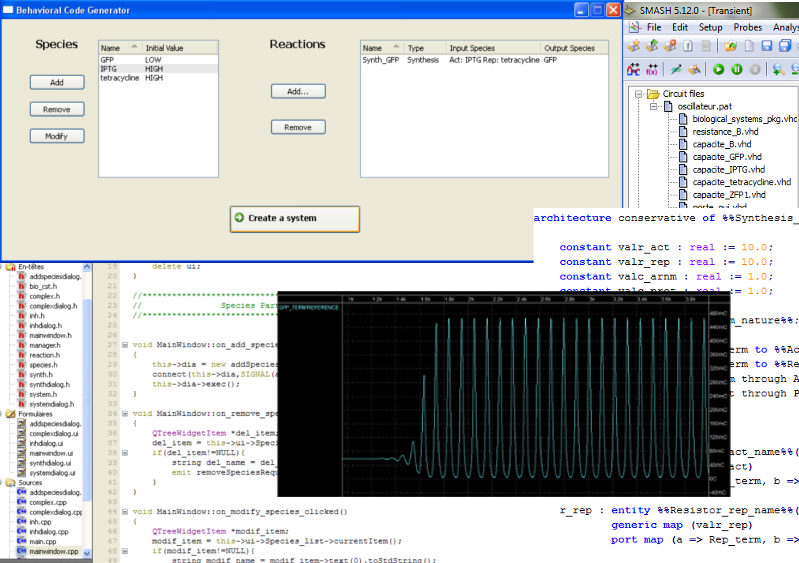
Acknowledgements
We have special thanks to our partners, the project would not be possible without them:
 "
"
